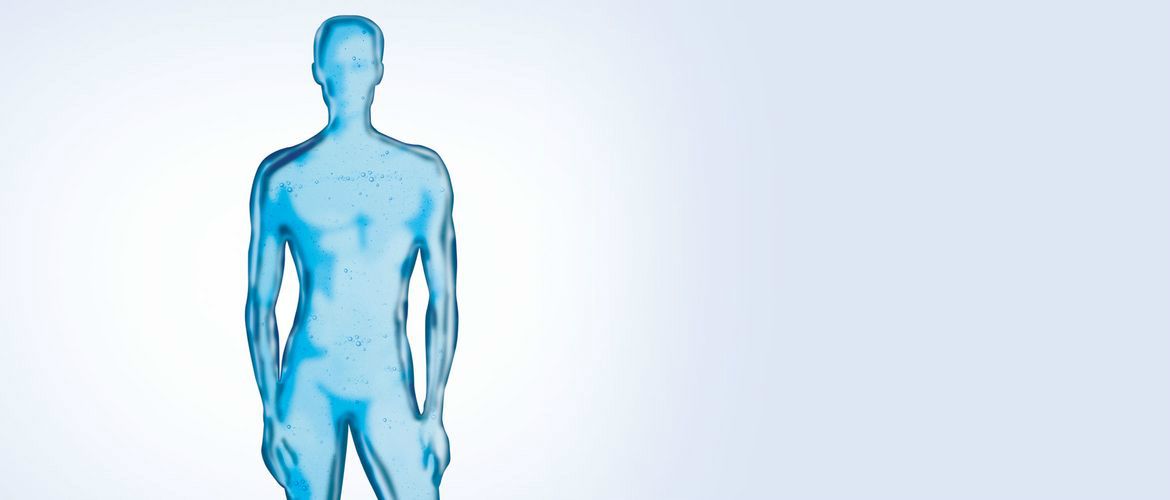All the people living on Earth have got an amazing gift- their body. The human body consists of well-known parts, such as arms, legs, head and others, but at the same time, it has lots of unknown parts.
The human body contains a whole bunch of secrets and mysterious features. Some of its qualities haven’t been explained by science yet, and the names of individual organs and body parts are unfamiliar to many of us. It’s worth knowing our own organism in more detail, isn’t it?
Vomeronasal organ
The vomeronasal organ, or Jacobson’s organ, is an accumulation of sensory cells located in the olfactory system of most amphibians, reptiles, and mammals. It detects pheromones and volatile aromatic substances, thus helping to conduct non-verbal interaction, especially in matters of sexual behaviour. Due to the lack of proper receptors, it is believed that the Jacobson’s organ most basically doesn’t work in a human body. However, according to some studies, there is a connection between the vomeronasal system and the emotional sphere and genital functions.
Philtrurn
For most mammals, such as dogs, the philtrurn is a tiny groove in the nose area that allows odour molecules to enter the mouth or the aforementioned vomeronasal organ, and thanks to it, their nose remains moist. In the human body, however, filtrum no longer serves such a purpose, and now it simply remains in the form of a pretty mashed-in groove between the nose and mouth. Anomalous form, meanwhile, can signal the presence of autism or fetal alcohol syndrome.
Auricular muscles
The auricles consist of four little-known muscles on the outside of the ear. While in other mammals these muscles can be used to tilt the ear to sounds of interest, humans have pretty much stopped using them. They simply turn their heads instead. Some people can practice restoring the functioning of auricles to impress their friends, but it won’t make them hear better.
Long palmar muscle
This is a thin muscle located in the middle of the wrist. Although many mammals, such as the orangutan, still use this muscle, it has become rudimentary in both humans and chimpanzees. As a result, it is basically absent in approximately 15% of the population. To understand whether you have it or not, you need to press the little finger to the thumb and bend the wrist. If you have it, then the vertical line protrudes under the skin. Fortunately, its absence, apparently, has little effect on the ability to capture.
Hair muscle
This is the tiny muscle at the base of each hair follicle connecting it to the skin tissue. When goosebumps appear, or the hair stands on end (as a result of excitement or cold, for example), this is due to muscle contraction, causing the follicle to stand upright. Meanwhile, according to a study in psychophysiology, some people can control this muscle and cause goosebumps as desired.
Shimmering skin
Similar to the deep-sea fish, the human body actually glows. According to research published in the scientific journal PLOS One, the skin gives off light about 1,000 times slower than the human eye can absorb. Academic specialists mentioned that the rhythm and intensity of light were probably related to changes caused by metabolism.
Lacrimal punctum
These are small cavities in the lower and upper corners of the human eyelids, which can be found if you look carefully. The holes may vary in size. They help to drain part of the excess moisture in the eyes, directing it to the back of the nose, which causes signs of a runny nose when a person is crying. In emotional situations, the reverse process is going on, allowing the well-known salt liquid to be splashed out.
From head to heel, human bodies contain corners that have long remained hidden or misinterpreted. Here you can find information about only seven parts of the body, and if you think about it, each representative of Homo sapiens is a whole universe that can be explored endlessly.







Only registered users can leave comments